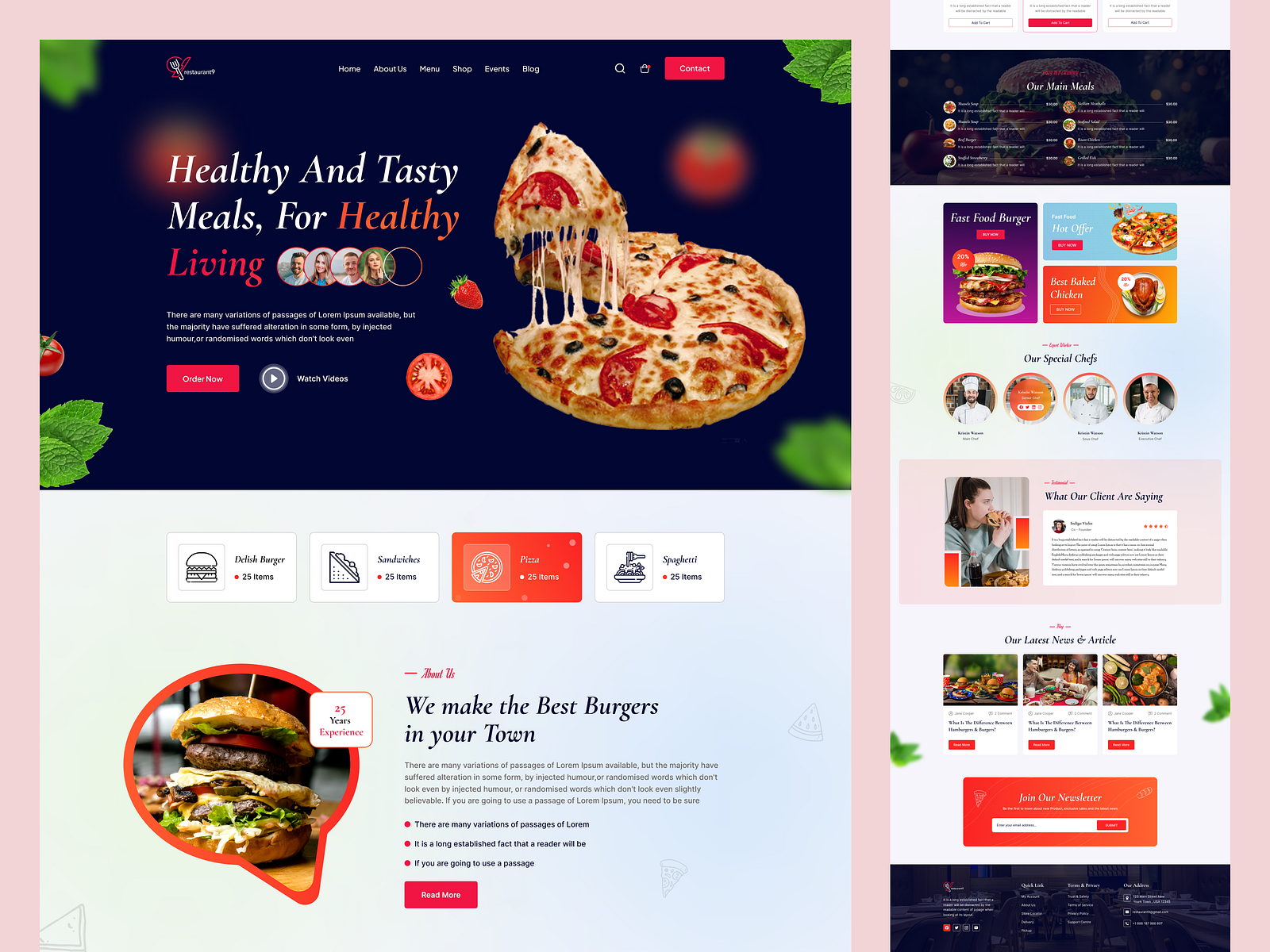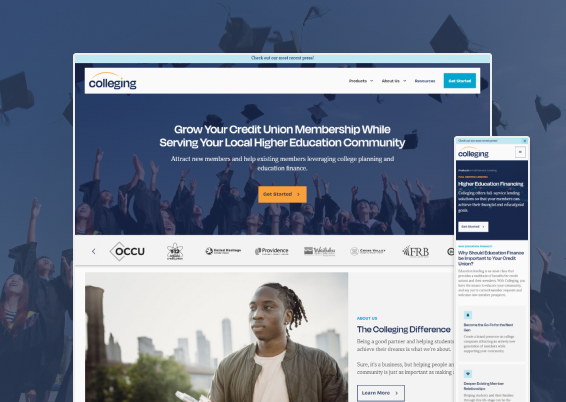The Ultimate Guide to Modern Site Style Trends
In the ever-evolving electronic landscape, modern-day site style patterns play an essential function in shaping individual experience and involvement. From the surge of minimal design concepts that focus on simplicity to the influence of vibrant typography in specifying brand name identification, each element adds to a cohesive online existence.
Minimalist Design Concepts
Minimalist layout concepts emphasize the concept that much less is more, promoting for simplicity and functionality in visual communication. This approach remove unnecessary elements, concentrating rather on necessary parts that convey the desired message effectively. By focusing on clarity, minimal design improves user experience, enabling site visitors to navigate websites effortlessly.
Core tenets of minimalist design consist of the usage of ample white area, which develops a sense of balance and company. This unfavorable area not just directs the audience's focus to crucial elements yet also promotes a soothing aesthetic ambience. In addition, a restricted shade combination is commonly used, utilizing soft colors or single schemes to keep visual communication and protect against overwhelming the user.
Typography plays a critical duty in minimal design, where readable font styles are selected for their simplicity and effectiveness in interacting web content. Pictures and graphics are used sparingly, making sure that they offer a purpose instead of sidetrack from the general message. Eventually, minimal layout principles cultivate a focused atmosphere that motivates individuals to involve with the content, improving the overall efficiency of contemporary website style. This pattern shows an expanding admiration for thoughtful, user-centric appearances in electronic areas.
Strong Typography Options
Accepting bold typography options has actually come to be a defining quality of modern-day site design, as it efficiently captures focus and conveys solid messaging. Developers are increasingly using typography not merely as a useful aspect however as a key aesthetic component that improves the overall visual and user experience.

In addition, the juxtaposition of vibrant typography with minimal design principles permits striking contrasts, enhancing readability while preserving aesthetic charm. Using whitespace around bold message even more stresses its significance, ensuring that the message resonates with the audience.
As digital landscapes end up being a lot more affordable, leveraging bold typography allows brand names to separate themselves and leave an enduring impact. The mindful choice of fonts and their application can stimulate emotions, establish tone, and drive activity, making bold typography an indispensable device in contemporary internet site style. Inevitably, it is an effective means to boost narration and make sure that crucial messages are not only seen but also felt.
Mobile-first and receptive Style
Mobile-first and responsive layout has emerged as a crucial concept in modern site advancement, mirroring the increasing reliance on mobile gadgets for accessing on-line content. As user behavior shifts towards mobile browsing, designers have to prioritize creating experiences that adapt seamlessly across various screen sizes and resolutions.
A responsive layout makes sure that a site immediately adjusts its format, images, and capability based on the gadget being made use of. Mobile-first style supporters for developing internet sites at first for smaller sized screens, ultimately scaling up to larger display screens.
Carrying out responsive and mobile-first concepts not just satisfies user preferences but additionally aligns with search engine optimization (SEARCH ENGINE OPTIMIZATION) techniques. Major search engines, like Google, prioritize mobile-friendly internet sites in their rankings, making it important for services to take on these design methods. In an affordable electronic landscape, embracing mobile-first and receptive design is not just an option; find more info it is important for making certain ease of access and interaction with a diverse audience.
Engaging Microinteractions
Microinteractions play a crucial function in boosting customer interaction and overall site experience, specifically in the context of receptive and mobile-first article style. These subtle design elements offer immediate responses to users, making interactions a lot more intuitive and pleasurable. Instances consist of button animations, notice informs, and loading indicators, which not only guide individuals but also create a feeling of connection with the interface.
Integrating interesting microinteractions can dramatically boost use by decreasing cognitive lots. When customers obtain acoustic or aesthetic comments upon executing activities, such as clicking a switch or submitting a type, they feel much more certain in their choices. This fosters a smoother navigating experience, ultimately boosting individual retention.

As web site style fads proceed to progress, the relevance of microinteractions can not be overemphasized. They work as the refined yet powerful touchpoints that change ordinary communications right into amazing experiences, therefore raising the general efficiency of modern-day internet design.
Lasting Internet Layout Practices
Lasting website design methods are becoming significantly crucial as the digital landscape grows and environmental problems climb. Developers and developers are identifying their responsibility to develop sites that not just serve user requirements yet also lessen environmental impact. This method incorporates a number of vital methods.
Firstly, enhancing energy usage is critical. Internet sites ought to be made to load swiftly and efficiently, which decreases server energy usage and boosts user experience. Techniques such as image compression, lessening HTTP demands, and utilizing modern coding methods add substantially to this objective.
Second of all, picking green hosting providers is critical - website design. Many holding companies are currently powered by sustainable energy resources, allowing web sites to run in a more sustainable fashion. This choice shows a dedication to decreasing carbon footprints
Additionally, taking on a minimal style can boost sustainability. Fewer elements on a web page cause less data transfer, which not just accelerates loading times but also conserves resources.
Finally, promoting digital ease of access guarantees that sites get to a bigger audience without unnecessary bloat, lining up individual experience with ecological responsibility. By integrating these lasting practices, web developers can add favorably to both customer interaction and the earth's wellness.
Final Thought
In summary, modern site design fads emphasize the assimilation of minimal principles, strong typography, and receptive style to improve customer experience. Adopting these fads is crucial for producing impactful electronic experiences that resonate with users in a significantly affordable on the internet landscape.
In the ever-evolving electronic landscape, contemporary web site design fads play a critical function in shaping customer experience and engagement. By focusing on clearness, minimalist style enhances customer experience, enabling visitors to navigate internet sites effortlessly.
Inevitably, minimalist layout principles grow a focused environment that urges individuals to involve with the web content, improving the general effectiveness of modern internet site style.Microinteractions play a pivotal function in enhancing individual involvement and general internet site experience, especially in the context of mobile-first and receptive layout.In summary, modern internet site design patterns emphasize the integration of minimal concepts, bold typography, and responsive style to boost user experience.